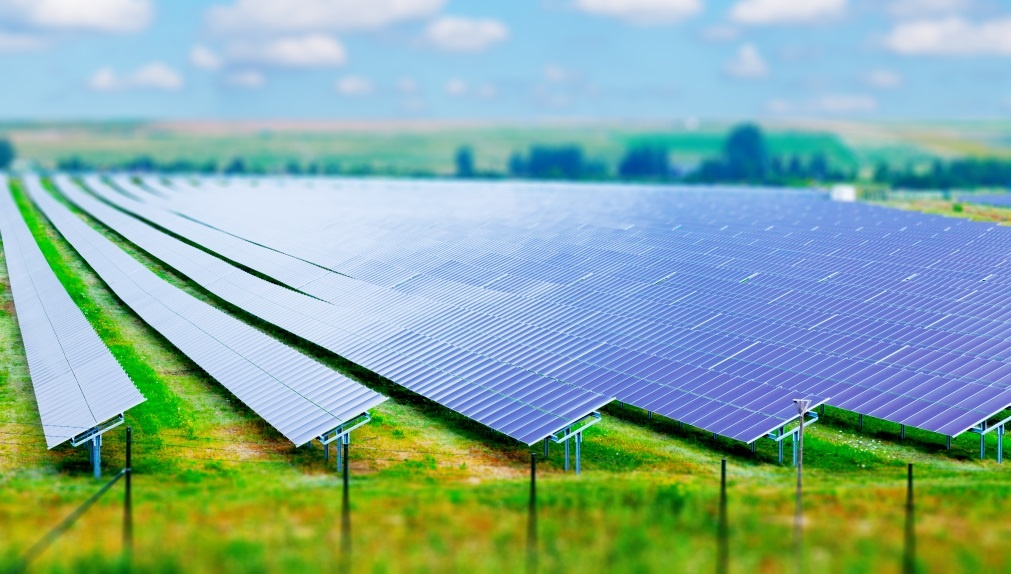Located 22-miles north of Minneapolis in Anoka County, Minnesota, the city of Ramsey is a quaint suburb situated along the banks of the Mississippi River.
Currently, the city is a blend of rural and suburban lifestyles making it an attractive place to live. However, Ramsey’s pastoral feeling will change as the population of 23,800 is expected to increase to 39,000 by 2040. The rise is partly attributed to the commuter rail stop that connects Ramsey to the Twin Cities.
A large rise in population brings an increased energy requirement, and the city of Ramsey recognizes the benefits associated with clean energy. While searching for assets that can be transformed to meet this need, the city has turned its attention to the Anoka-Ramsey Landfill.
The 267.4-acre landfill was officially closed in 1993 and is now capped. The site has been left inactive for years and has now transformed into a beautiful lot of native flora and wildlife. The Minnesota Pollution Control Agency, who owns the site, believes the landfill can serve a higher and better use. Of all of the redevelopment ideas since 1997, the brightfield concept has been the most feasible one to date.
Brightfields are fields of solar panels which turn sunlight into electricity that can power our homes and businesses. Brightfields can be installed on many different types of land, including brownfields. These systems can be installed to provide electricity to the local power grid or, in rare cases, directly to an end-user like a factory.
“The ecological diversity of the closed landfill site was stunning. The Old-Growth Oak Savannah, deer, and native prairie plants have made the site home. The broad range of stakeholders who participated in the site visit also shared a diverse range of ideas and resources for socially and environmentally responsible redevelopment. It was truly encouraging to find that we collectively saw great potential in the site to serve the community as a hub for solar economic development, environmental stewardship, engagement and learning,” said Cameran Bailey, the Solar Planning Advisor to the Metropolitan Council.
In 2019, select communities received on-site technical assistance from a team of finance and technical experts accompanied by select CDFA (Council of Development Finance Agencies) staff. These visits offered specific, actionable advice that could help transform brownfields into economic assets.
Toby Rittner, President & CEO of CDFA, remarked, “We are very pleased to present these recommendations for the former Anoka-Ramsey Landfill site. This redevelopment initiative provides an opportunity for truly creative and collaborative approaches to addressing a challenging site by incorporating solutions to future development needs. We believe this project has the potential to transform the site through the innovative and sustainable energy infrastructure that the community has envisioned.”
The CDFA Brownfields Technical Assistance Program is funded by a grant from the U.S. EPA to assist communities throughout the country
looking to finance the redevelopment of brownfield sites. CDFA will provide education, resources, research and networking on revolving
loan funds, tax incentives, tax increment finance, and other tools available for redevelopment finance. For more information, read the
Program Fact Sheet.
The Council of Development Finance Agencies is a national association dedicated to the advancement of development finance concerns
and interests. CDFA comprises the nation’s leading and most knowledgeable members of the development finance community
representing public, private and non-profit entities alike. For more information about CDFA, visit www.cdfa.net.
See the full Ramsey, MN Roadmap to Redevelopment report (PDF).

